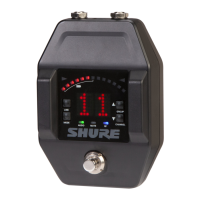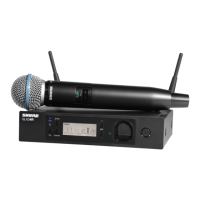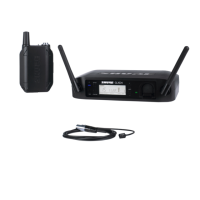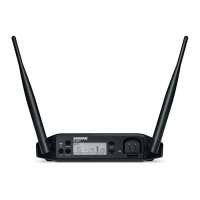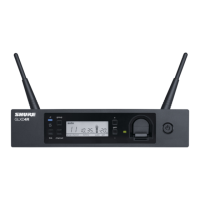What to do if transmitter and receiver link is unsuccessful in Shure GLXD6?
- Jjamie59Sep 23, 2025
If the transmitter and receiver link is unsuccessful, update both components of your Shure Music Pedal to firmware version 2.0 or greater by downloading the Shure Update Utility application and following the instructions.




